Best Seasons for Sewer Inspections
Sewer inspections are most effective when performed during periods of stable weather, avoiding extreme cold or heavy rainfall, which can hinder access and visibility. Conducting inspections in dry seasons reduces the risk of water interference and provides clearer images of the sewer system. Regular inspections can help identify issues early, preventing costly repairs and potential property damage.
Spring and fall are ideal times due to moderate weather conditions, minimizing disruptions caused by weather.
Routine inspections can detect blockages, cracks, or leaks early, ensuring the sewer system remains functional.
Heavy rain can cause sewer backups, making inspections less effective and potentially dangerous.
Performing inspections before winter helps prevent freezing issues and winter-related damage.

CCTV cameras are used to visually inspect sewer lines for damage and blockages.
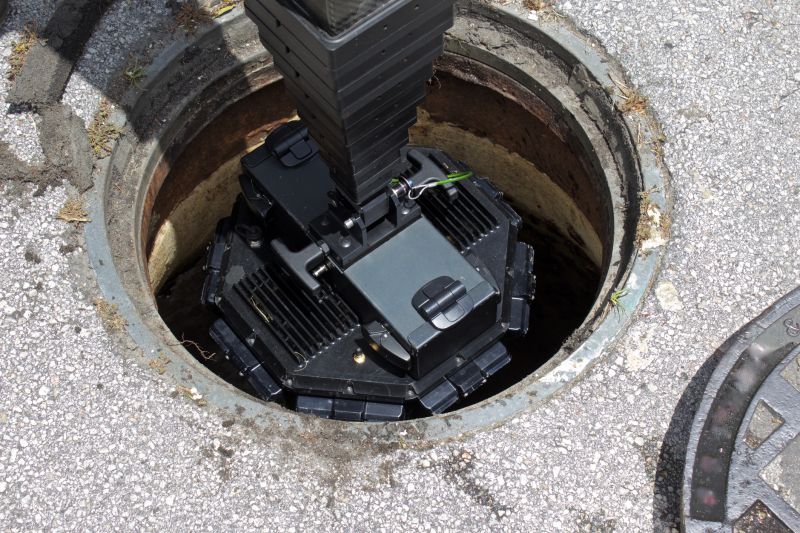
Technicians performing a sewer camera inspection in a residential setting.
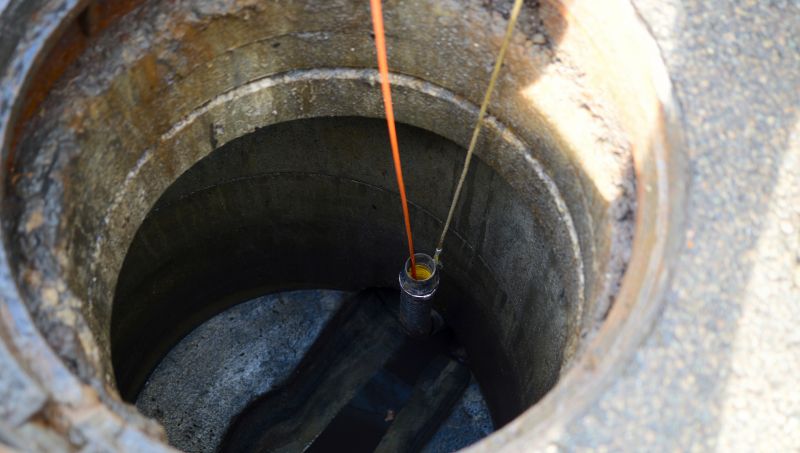
Pre-inspection cleaning to ensure clear visibility and accurate assessment.

Ways to make Sewer Inspections work in tight or awkward layouts.
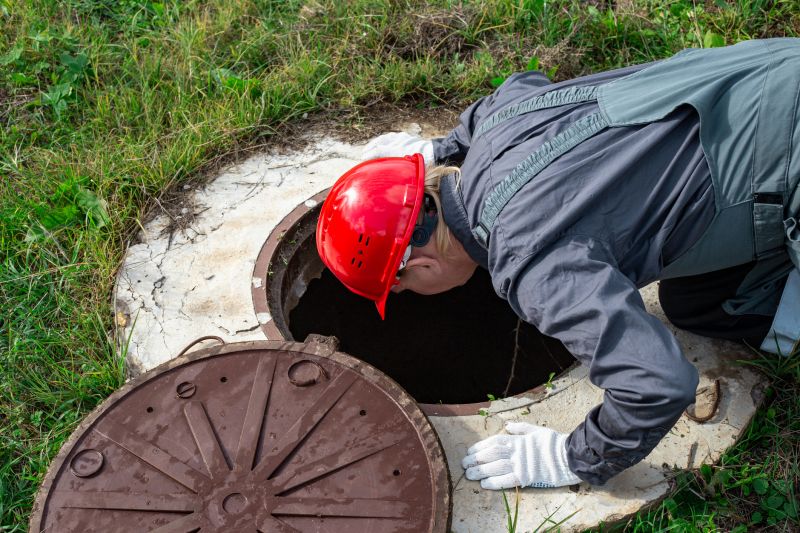
Popular materials for Sewer Inspections and why they hold up over time.

Simple add-ons that improve Sewer Inspections without blowing the budget.
| Season | Best Practices |
|---|---|
| Spring | Schedule inspections early to prevent springtime blockages. |
| Summer | Monitor for root intrusion during dry months. |
| Fall | Perform pre-winter checks to avoid freezing issues. |
| Winter | Limited inspections due to weather but essential after storms. |
Sewer inspections utilize advanced camera technology to provide detailed visuals of underground piping. These inspections help identify potential problems such as cracks, root intrusions, and blockages before they develop into major issues. Regular assessments can extend the lifespan of sewer systems, reduce emergency repairs, and maintain proper flow. Statistics indicate that early detection through inspections can decrease repair costs by up to 50%, making routine checks a cost-effective maintenance strategy.
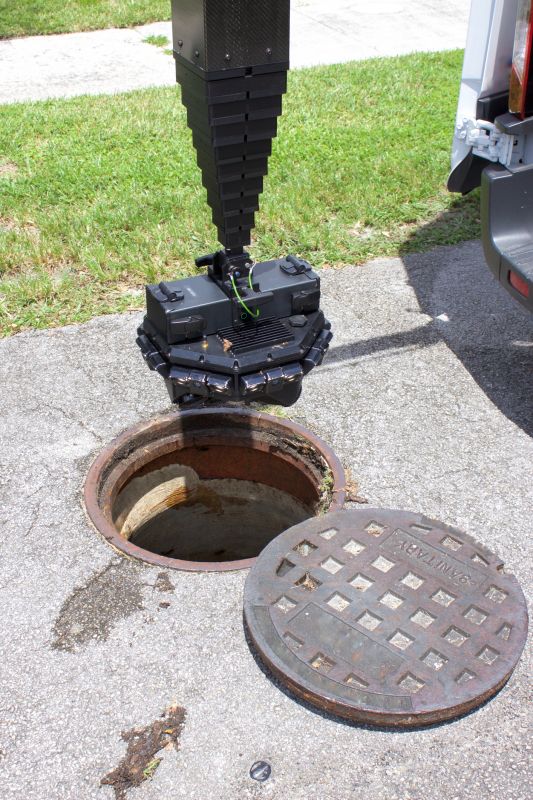
High-resolution cameras are inserted into sewer lines for detailed inspection.

Technician operating camera equipment in a manhole.

Data reviewed on a monitor to assess sewer system condition.
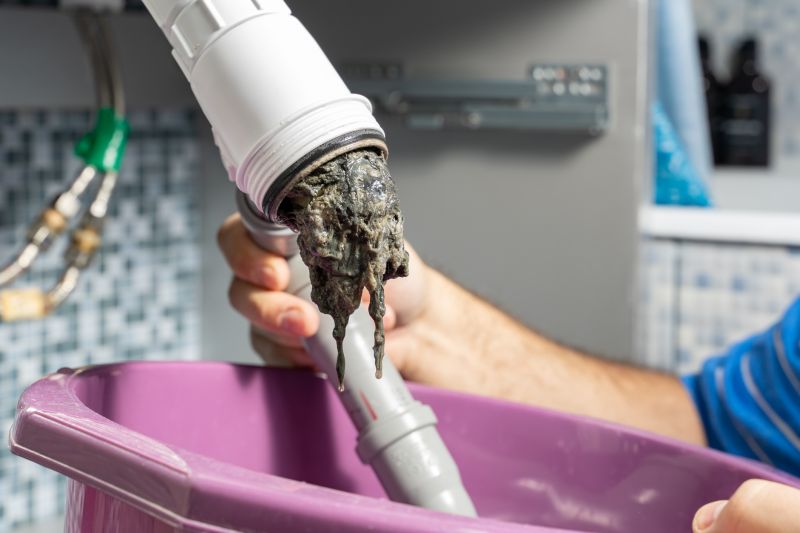
Post-inspection cleaning to remove identified obstructions.
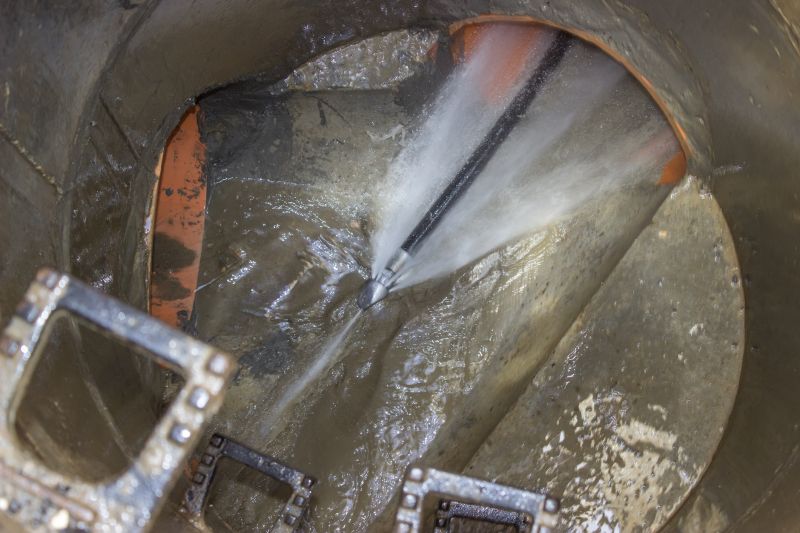
High-end options that actually feel worth it for Sewer Inspections.

Finishes and colors that play nicely with Sewer Inspections.
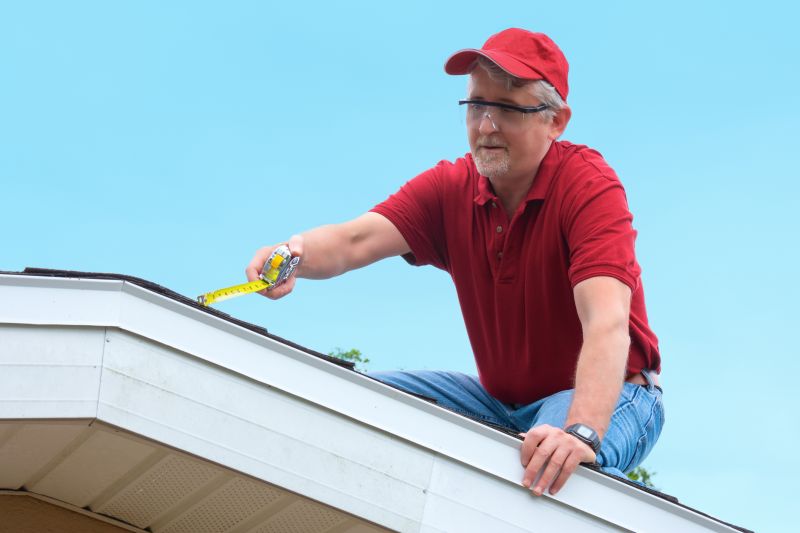
Little measurements that prevent headaches on Sewer Inspections day.

A 60-second routine that keeps Sewer Inspections looking new.
Scheduling sewer inspections at optimal times ensures thorough assessment and minimizes disruptions. Property owners and managers are encouraged to consider seasonal factors and recent weather events when planning inspections. Proper timing can lead to early detection of issues, reducing the likelihood of emergency repairs and extensive damage. Regular inspections, especially before winter and after heavy storms, are recommended for maintaining a healthy sewer system.



